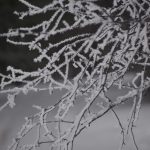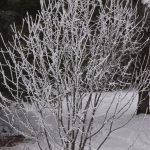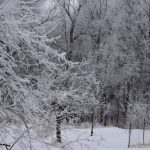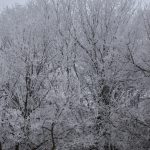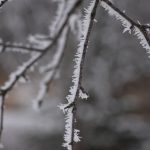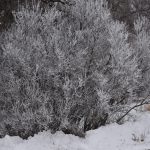What can frosty mornings teach us?
Much of Iowa has had some beautiful natural views the past few days. The weather conditions have provided us with some breathtaking landscapes and amazing scenery with “frost” covered trees and bushes. Hopefully, you have been able to enjoy and appreciate some of this natural wonder these past few mornings. In case you haven’t been able to enjoy these views in your area, feel free to take a peek at these images from outside of my home:
As you take note of the beauty that nature has provided us, it is likely that your students also noticed. Noticing these natural, observable occurrences, which we refer to as phenomenon is a habit that we want to instill in our students – and ourselves. By asking them the simple question of “What do you notice?” frequently, we encourage those observation skills which then feed their curiosity to answer the next question, “What does it make you wonder?”
These questions are not just for students; it is for us as adults as well. As we also model the skills of inquiry that scientists utilize, we encourage that practice in our students. If the past few mornings have had you curious about the phenomenon, you are not alone. Meteorologists have been fielding questions from viewers as well and have shared some additional information in their weather blogs.
As you read through the KWWL weather blog and KCRG weather blog, you will notice that both spend time clarifying the terms for this weather phenomenon. The power of our notice/wonder is that it leads us to the need for additional vocabulary – in this case, “rime ice” and “hoar frost.” In traditional science education, we often would front-load vocabulary and then develop situations in which students need to utilize those terms. However, we have come to realize that this is not authentic and certainly not the way science is conducted. With our students, we want to utilize phenomena that allow our students to develop the need for the scientific vocabulary, which is then presented when they need to know it; not before as a front-loading activity.
While we can’t wait for the perfect conditions to exist for a phenomenon, we do still want to utilize phenomena in each of our units of study – taking note of phenomena when they present themselves, and then using them in the future is a wonderful way to provide the authenticity but still allow it to occur on the timeframe that you need for your instructional sequence. We can then allow those experiences to create a need for students to develop new vocabulary in a more authentic way.
Reach out to the author:
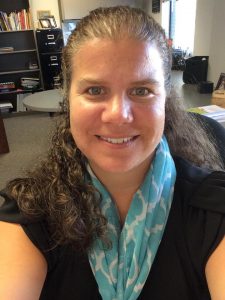 Mandie Sanderman,
Mandie Sanderman,
Consultant for Science and TAG

